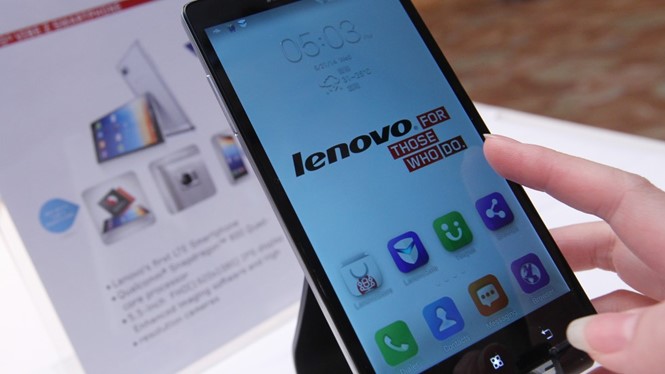Measuring China's brand prosperity

In 2016, China’s economy grew by 6.7% and is largely hailed as a success. This is despite BBC reports which suggest the slowest gross domestic product (GDP) growth rate since 1990. Nevertheless, this figure is in line with Beijing’s target of achieving between 6.5% and 7% annual growth. And, as the world’s second biggest importer of goods and consumer services, its performance has repercussions across the rest of the world.
For non-business markets, brand recognition of Chinese-produced consumer goods is expected to escalate. The country has long competed with other technology leaders such as the USA and Europe to market products to an external audience; heightened brand awareness shows an unprecedented growth in interest taken in Chinese brands by markets outside of Asia.
Public relations consultancy, WPP, in partnership with market research company, Kantar Millward Brown, has produced the first comprehensive list of 2016’s Chinese brands with the most overseas impact. Working with Google, the ‘BrandZ™ Top 30 Chinese Global Brand Builders’ details consumer attitude and response to Chinese brands. It also examines how the country’s major players might adapt and adopt to challenges the next financial year will bring, particularly given the current economically and politically turbulent atmosphere.
In September 2016, Google Surveys conducted research on Chinese brands outside of China, with the resulting data used by Kantar Millward Brown to calculate the ‘brand power’ of each company.
With 167 Chinese brands surveyed, a median ‘brand power score’ of 85 was calculated. Perhaps unsurprisingly, those among the highest rankings consist of brands in the technology and digital sector, as well as other electronically-oriented brands. This affirms China’s commitment to providing consumer goods and highlights its continued, concerted shift from heavy industry and manufacturing.
However, this sector trend is not merely internal and consumers abroad are increasingly associating China with high-quality digital and tech provision. Speed of technological advancement generally surpasses other economies; consumer buying patterns are shifting toward Chinese-led brands. David Roth, CEO EMEA & Asia, The Store WPP says, “The study shows that the movement of ideas and product leadership has expanded globally, with consumers increasingly looking to China as a potential source for the newest and most innovative products and brands.”
According to the BrandZ™ index, mobile technology leader, Lenovo, has a ‘brand power’ score of 1682, with consumer electronics brand Huawei and ecommerce provider, Alibaba, in second and third with 1,256 and 1,047 respectively. In terms of the top five, Lenovo and Huawei both make an appearance at one and two. Another consumer-facing electronics brand, Xiaomi, enters the brand rankings at five.
Roth continues, “This is the opportune time for Chinese brands to expand abroad, despite the many obstacles and this is why, in collaboration with Google, we have produced the ground-breaking report. By analysing consumer perceptions of Chinese and non-Chinese brands, we have been able to identify gaps in Chinese brand performance and provide recommendations for brand building strength.”
With seismic changes set to impact the global stage in 2017, the momentum Chinese brands have seemingly achieved is not certain to continue. Changes such as internet-driven brands, in place of more traditional sectors, is also set to disrupt the Chinese export business model. But with careful consideration and the correct response to consumer demand, it is likely the western world will enjoy more of what Chinese production, particularly digital and electronic, can offer.












